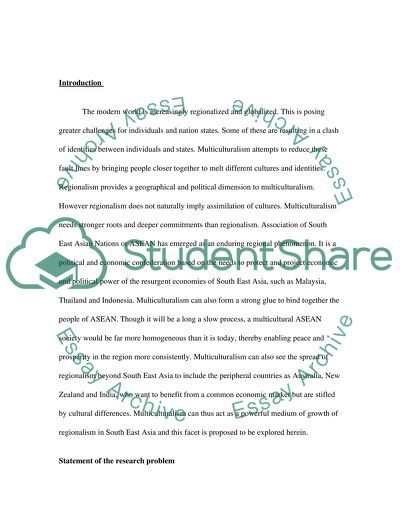Cite this document
(“Multi-culturalism and the new regionalism in Southeast Asia (or ASEAN) Essay”, n.d.)
Multi-culturalism and the new regionalism in Southeast Asia (or ASEAN) Essay. Retrieved from https://studentshare.org/miscellaneous/1537070-multi-culturalism-and-the-new-regionalism-in-southeast-asia-or-asean
Multi-culturalism and the new regionalism in Southeast Asia (or ASEAN) Essay. Retrieved from https://studentshare.org/miscellaneous/1537070-multi-culturalism-and-the-new-regionalism-in-southeast-asia-or-asean
(Multi-Culturalism and the New Regionalism in Southeast Asia (or ASEAN) Essay)
Multi-Culturalism and the New Regionalism in Southeast Asia (or ASEAN) Essay. https://studentshare.org/miscellaneous/1537070-multi-culturalism-and-the-new-regionalism-in-southeast-asia-or-asean.
Multi-Culturalism and the New Regionalism in Southeast Asia (or ASEAN) Essay. https://studentshare.org/miscellaneous/1537070-multi-culturalism-and-the-new-regionalism-in-southeast-asia-or-asean.
“Multi-Culturalism and the New Regionalism in Southeast Asia (or ASEAN) Essay”, n.d. https://studentshare.org/miscellaneous/1537070-multi-culturalism-and-the-new-regionalism-in-southeast-asia-or-asean.


